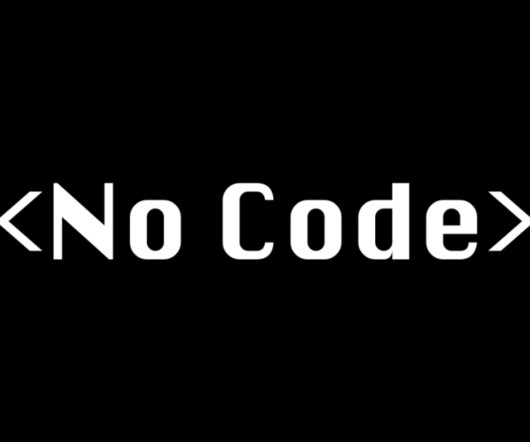The Dispatch Report + Full Product Launch | January 2019, Issue No. 10
Shipchain
JANUARY 23, 2019
It’s exciting to see our first steps into helping the industry publicly, from true intelligent freight document management to unified visibility, to a simple API that enables any development team in logistics to communicate directly with the blockchain itself. We completed a launch event in Tokyo, Japan with our team.














Let's personalize your content